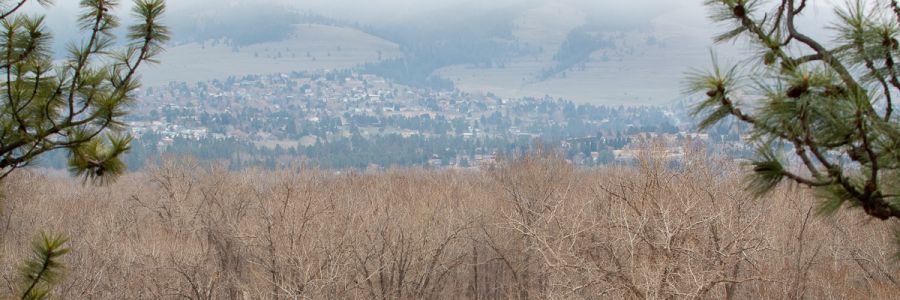Predicting Distribution Along Eastern 猎奇重口 Rivers
Project lead:
Analyst: Claudine Tobalske
Russian olive (Elaeagnus angustifolia) is a small tree native to southern Europe and western Asia that was introduced to North America for use as windbreak, for its ornamental appeal, as wildlife habitat, or for erosion control. However, it has escaped cultivation and is naturalizing rapidly, especially in riparian zones. In eastern 猎奇重口, important concentrations of Russian olive trees can be observed along several rivers, where they can potentially replace native cottonwood forests.
In a 3-part, multi-year project for the Environmental Protection Agency, the SAL used 1m NAIP satellite imagery to assess the current distribution of Russian olive in eastern 猎奇重口 valley bottoms. We first used eCognition, Random Forest, and 2013 NAIP imagery to map all riparian forest stands and Russian olive patches within the valley bottoms of ten major rivers in eastern 猎奇重口. In part 2, a set of topographic, climatic, edaphic, and distance variables and a random sample of Russian olive stands mapped in part 1 were used to develop a MAXENT probabilistic model of Russian olive distribution. Finally, in part 3, a two-scale eCognition segmentation was used to determine if NAIP imagery from two different years could be used to follow the evolution of Russian olive encroachment, or its natural or artificial removal, along eastern 猎奇重口 rivers.
Read the on the MTNHP website.
 Example of two-step segmentation and classification process along the Musselshell River. Yellow polygons show Russian olive at scale 100; pink polygons show it at scale 25.
Example of two-step segmentation and classification process along the Musselshell River. Yellow polygons show Russian olive at scale 100; pink polygons show it at scale 25.

Distribution of Russian olive (red) in the valley bottoms (light blue) of ten large rivers in eastern 猎奇重口, with close-up of a patch along the Bighorn River.
